
MAG5035
-
Posts
5,718 -
Joined
-
Last visited
Content Type
Profiles
Blogs
Forums
American Weather
Media Demo
Store
Gallery
Posts posted by MAG5035
-
-
0.89” of rainfall today, temp still 38ºF. Looks like most precip is done here until possibly fropa later this eve. Maybe can manage to score whatever upslope/LES that manages to blow off the Laurels tomorrow to go with the wind advisory.
-
GFS takes a primary along to the Lakes with the coastal for the Wednesday event as well. True central goes from ice to snow at the end but obviously not ideal.
Canadian has front end snow that goes to mix/rain in the LSV as the coastal low goes by for Sunday event (not to the Wednesday one yet)
-
30 minutes ago, Blizzard of 93 said:
The EPS has also been consistent for the last few days with the track while the GEFS has been bouncing around.
Yea the most consistent actually. Weatherbell has newer tools in its meteograms section to see trends. Here’s Euro EPS v GEFS, I’m using UNV this time.
EURO EPS
GEFS
The initialization timescale is a bit different between the two since the GEFS includes 18 and 6z runs and the Euro EPS only uses 0 and 12z, but you can see the Euro EPS started dialing this Sunday event in with the 0z run on the 16th, while the GEFS finally started seeing it better this morning at 6z, though you can see it has seen the event to a degree. . Conversely, the GEFS started seeing the potential 2nd event before the Euro EPS. These products are available for the op models too. And of course the GFS op’s first run that had measurable snowfall with the Sunday event at UNV was the 12z run today.
-
 2
2
-
 1
1
-
-
Here’s a look under the hood of the ensemble guidance at a location. Using MDT here.
18z GEFS
18z Euro:
This really brings out the difference that remains in the ensemble camps in an area (LSV) that figures to be the biggest tossup trying to establish where the R/S line might setup and if most LSV sees mainly rain, mainly snow delivering sig accums or something in between. Recall the favorable low clustering the GEFS has. Despite that, GEFS presents 11/30 measurable with only 2 of those big hits with the other 9 minor measurable. Euro EPS has way more supportive (reflecting a colder column overall) with 50/51 (plus the control) showing measurable with almost half of those being a moderate snowfall.
-
 4
4
-
 3
3
-
-
5 minutes ago, GrandmasterB said:
Usually the ensembles are east of the OP (for whatever reason) but there are quite a few lows WELL east of the OP.
The GEFS is still somewhat reflective on what the op was doing thermally despite the good clustering. The result is the snow swath it has focuses more on the northern half of PA.
Probability of 850mb temp being above 0 via the individual members:
24 hr snowfall swath (mean):
And I’m just doing analysis here, I’m not necessarily favoring one thing over the other right now. I mean gut says a fairly strong low tracking to the Delmarva and up (esp if it gets along the actual coastline instead of just inside) would deliver snow to all of central and at least a good portion to the Sus Valley… but we’re not working with any anomalous cold temps surface or aloft (850s are actually + anomalies). GFS could end up being more correct thermally even though with the low evolution it caved to the rest of guidance that featured a more dominant coastal low. Just putting the options out for consideration.
-
 3
3
-
 1
1
-
-
1 hour ago, Bubbler86 said:
Overall, I truly thought trends suggested this was going to be a real HH for the GFS but was way off....HH, farm show week, etc....no longer work.
GFS wasn’t super far off from 12z (it’s 12z run and vs Euro) in terms of its coastal track, which came a little bit further inside at 18z. It still should have hung decent snow on central/western PA on that track. The big difference was thermals. Notably warmer aloft preceding the event than the Euro, which may have to do with it holding more of a surface reflection west of the Apps coming up and pushing just enough of a warm nose into all of southern PA to make it messy and delay a changeover back to snow as the column cools with the deepening coastal low. It is an important thing to consider with this system, as we won’t have much surface high support and will be relying more on where the gradient is and the developing coastal low to eventually start pulling favorable thermals back toward itself as it quickly comes up the coast. These are the details to get sorted out the next couple days but I’m sure it’ll take getting into NAM/HuRRR range to really get some kind of good handle.
Big thing for now is at least the GFS continues to develop the decent coastal low getting to the Delmarva region. This had about been the only model that consistently wasn’t doing that (keeping primary west of the Apps to the Lower Lakes) the last few days until today.
-
 2
2
-
 2
2
-
-
1 minute ago, paweather said:
Gotcha. Didn't realize that. Thanks Mag!
Your welcome I edited my post but they had a bigger long term yesterday talking about tomorrows system and the Sunday system and all they did was remove the part about tomorrow system today (now in the short term) and kept the part about Sunday there. I’d expect an update for that section in the next couple hours, as they usually do in the later afternoon.
-
 1
1
-
-
7 minutes ago, paweather said:
CTP is not looking at the EURO doesn't seem to care outside of the GFS.
If you were reading the long term portion of their discussion, that has yet to be updated this afternoon (still yesterdays disco).
Edit: They had a bigger long term yesterday which also included tomorrows system and removed that and kept the portion of the discussion referencing the Sunday system.
-
 1
1
-
-
Boy this sure escalated quickly today. I had been reluctant to really pull the trigger on Sunday’s event until I saw some kind of clarity between the GFS/GEFS and everything else, especially in this situation where the GFS was simply taking a primary cutter west of the Apps with little or too late secondary development for us ( a viable outcome considering how the season has gone). Definitely significant that it finally came in line for the most part with Euro/Canadian guidance that had predominantly a coastal low. Presuming that holds in ensuing cycles… focus can start on how much of C-PA this may impact with snow. I still see the LSV (esp Adams/York/Lancaster) as fairly vulnerable in this setup. A slightly inside track from VA into the Delmarva/southern Jersey is would likely straddle the R/S line very close or into southern PA (LSV) during at least a portion of the storm. Obviously a bit more progressive/SE would help that particular area. Those details will get sorted out the next couple days.
The next one (25th/26th) is definitely one to watch as well, as that will likely take a similar track coming fairly quickly behind Sunday’s system (3-4 days). The gradient might shift a tad south for that system as well. This is a prime opportunity to score once or twice in the next week. There’s likely to be a swath of big snows on the ground for whoever is lucky enough to see it delivered from both systems.
-
 1
1
-
 1
1
-
-
12z Euro track is just a hair too far inside for the LSV for the 23rd storm, putting the rain snow line between Harrisburg and York/Lancaster. The Euro ensemble mean has a much better look for CTP as a whole, clustering the lows more along the coastline… making for less of a C-PA divider in the snow dept.
12z Euro op (132hr)
-
 5
5
-
 3
3
-
-
1 hour ago, Blizzard of 93 said:
The 12z EPS has good news as well with the temperatures. The above normal temperatures look to be done and workable temperatures near average are showing for the last week of the month. Average temperatures should work for frozen precip at the coldest average time of year in late January.
Here are the average temperatures for the day 8-15 period from the 23rd to the 30th.
This run also ends cold with below normal temperatures for us at day 15 on the 30th.
I do like the overall look of things as we get toward the end of the month into early February. Seeing the cold anomalies in Canada replacing the sea of red positives is a good start even though the press focuses west/central US initially. We did kind of just go through this in December, where we were initially targeting significant cold being here by mid month and we didn’t get it until after mid-month and the really cold stuff waited until 2 days before Christmas. We’re likely looking at the same kind of progression here if it does eventually get cold.
I think enough cold will eventually press our way but big question will be if we can knock back the SE ridge enough to finally get on the cold side of the storm track for a change. It doesn’t appear that way for the 19th storm (other than maybe brief interior ice in the beginning) and the next one around the 23rd or so is still debatable, although I continue to think that one has a better chance to at least have some kind of a mixing event up front if it cuts. Overall we’re likely going to have to take a couple more lumps storm-wise the next 7 days or so.
Other question is sustainability if we can get the cold period. MJO could be a factor in a bad way if it eventually propagates into the P4-6 realm (talking beyond 15days at this point for this). That was a big reason our Christmas week cold got cut short. Models generally seem to want try to turn it back into the null phase before it goes from phase 3-4 for now but that evolution will need to be monitored. That’s likely to be a player on how mid-late February fares down the road.
-
 1
1
-
 2
2
-
-
1 hour ago, anotherman said:
I had been thinking about that mentioning the 06-07 winter. Considering CTP’s area as a whole, that one started even worse than this one as places like UNV were just about as well off as the Sus Valley. I thought it also had the latest inch recorded in the lower parts of the LSV but I couldn’t remember the exact date.. it was within a couple days of that Feb 4. 1995 record though. 94-95 winter is definitely not good company to be in but 06-07 did turn overall the back half of the winter with the V-Day ‘07 debacle and St Patty’s Nor’easter (both NESIS rated storms) as the headliners. That Feb 12-15, 2007 event was the first actual widespread event of the season for C-PA.
Even the 95 event that gave MU its latest inch of snow ever was enough for a low end NESIS rank.. as well as likely being responsible for most of H-burg’s 9” that winter haha. Pretty much what I’m trying to say is that it’s really hard to get out of a winter in our region without at least some kind of more significant event even in the worst winters .
-
 1
1
-
-
A big key to how this sets up going forward will be the positioning of the ridge in the West and/or East Pac… something that should be noted as definitely not set in stone as one can see from the 12z comparison of Op models.
Funny part about this is the 12z GFS (on the right) in this hour timeframe is delivering C-PA snow from that 2nd potential system thats been showing up near the 22nd-23rd. I think that one probably has a better chance at frozen than the 19th/20th system although I wouldn’t sleep on that one either. At any rate, GEFS generally supports its op focusing the trough in the west while the Canadian op (maxed at h240) is more similar to the GFS today. The other ensembles of the Canadian and now the Euro EPS generally show the overall trough moves out instead of digging into the SW US. The latter two are definitely good looks, as is the Euro op itself.
The temps still aren’t especially cold which I’ve brought up in previous posts and I’m sure has been mentioned elsewhere. Even with that Euro trough in the D8-10, negative departures aren’t that crazy and they’re more in the south than at this latitude while Canada is really warm wrt average. Even if this pattern evolves favorably following the 19/20th system, it’s likely not going to have anything crazy cold wise initially. It would still be plenty workable in our region though for snow potential given the time of the year.
Unfortunately for @Voyager, the only really sure thing does seem to be temp departures in the SW US.
10 day average temps from D5-15
-
 1
1
-
 3
3
-
-
14 hours ago, Superstorm said:
The PAC has been relentless. Until I see that ease up, our chances are very slim to almost none. Although, some say there are signals after the 20th that it will ease up.
Op runs are going to waver greatly run to run out in that range but overall signal from all ensemble guidance has been persistently there for a reversal of the current regime to build a western ridge axis that goes up through AK, shutting off the onslaught of storms into California and developing an eastern trough.And they’ve been consistent doing that starting Jan 20th and after too (not pushing it back) as it’s gotten more in more into range with Jan 20th basically being at D10 now. Teleconnection forecasts have been running pretty positive EPO (-PNA) D5-10 and then reversing to neutral/negative D10-15. AO remains negative and NAO trends neutral/negative.
12z GEFS vs Euro EPS D5-10 comparison (using 5 day avg 500mb anomalies)
12z GEFS/Euro EPS D10-15 (5 day avg 500mb anomalies)

If I threw the Canadian ensemble in there too it’s basically right in line with the GEFS/Euro EPS. It’s the kind of major shift we’ve been looking for in the Pac. That time in late January is the bottom of the curve in terms of climo temp wise so while winter’s been a bummer so far, it looks like we’ll be setting up a period of potential at a good time. Extended stuff like the Euro weeklies take this general pattern into early-mid February (the actual primetime Mid-Atl snowstorm season). So I’m confident this change does happen, but what will be interesting to see is how long of a period of opportunity we have….Is it like a 10-14 day window or can we actually get a more extended period? That may eventually depend on factors like the MJO and if it continues to do a 4-6 run after it’s currently forecasted run through a few of the colder phases (mainly 1-2 for now).
-
 3
3
-
 3
3
-
-
7 hours ago, anotherman said:This guy is such a clown, and this is flat out wrong!
I’ll agree with the first sentence of that, the last couple weeks haven’t exactly been a standard boilerplate Nina in the west.
As for the rest of that, there’s likely a Nino coming next winter but obviously predicting eventual magnitude/impacts in the eastern US at this point is a “hot” take at best at a point in the current winter where I’d likely consider saying something like the rest of the winter will definitely be a blowtorch in the eastern US a hot take also. Also, I dunno where he’s from or when deer season is there but my first year hunting when I turned 12 was Fall 1998 and it still is the warmest weather I’ve ever hunted in for rifle season. That was the December like the whole first week was in the 70s. So problem with his anecdote was he was probably talking December 98, which was during the start of the big Nina period of that timeframe lol. If he’s talking Nov/Dec 97 (during the actual super nino period) I dunno where he’d be hunting deer in shorts at.
-
 2
2
-
-
-
-
Well, we’re snowing and at 31/27ºF here with dusting so far. Wasn’t really any virga issues from the arriving echoes on CCX radar. So we’ll see how this goes. I haven’t been particularly impressed with this threat but it seems like radar trends are good (better than HRRR presentation) and this should send a 2-4hr period of precip across C-PA generally from I-80 south, with a relatively narrow swath of light accums. Would imagine T-1” will be the rule with some of the western/central ridges maybe seeing 2”. Mesowest LSV temps in the mid-upper 30s from H-burg south so onset might be an issue with regard to p-type.
-
7 hours ago, Bubbler86 said:
MA LR having that same "Twitter Met's hurting the hobby" discussion we had here a month or two ago.
I was intrigued so I was just reading through the last several pages in there since last night. Now I understand why Jebman came into our thread to bless us with some of his good winter mojo lol.
-
 1
1
-
-
4 hours ago, anotherman said:
There is basically no cold air in much of the northern hemisphere.Agree on our side of the northern hemisphere and Western Europe, however the other side is a whole different story that probably shouldn’t be overlooked. Lots of cold anomalies spread across a large part of the Asian continent (most of Russia from west to east, China, eventually Japan, etc) during the next 7-14 days. If it’s super warm on our side, it’s typically really cold somewhere else on the other side.
7 day mean temp (D1-8)
7 day mean temp (D8-15)
We are and will continue to work a decent negative -AO regime throughout the period (next 15 days) so one of my concerns regarding any eventual flip back to an overall colder pattern here is possibly considering the fact that the bulk of the cold dump into mid-latitudes is occurring on the other side of the hemisphere and not ours. On the other hand, there is still “cold” to work with that in the right setup to get us to snow…even with the bigger storm potential late next week. This is January after all. We’re just not in a cold regime overall until some wholesale changes occur. That’s likely going to hinge on what kind/magnitude of MJO forcing we have going forward (even the circle is better than another 4-5-6 run). I feel like we will eventually come back around to a much better period but it may take a couple weeks longer to get there. That doesn’t mean we can’t have opportunities in the meantime either.
-
 2
2
-
-
In terms of surface features, the GFS has much more high support than the Euro does, with the Canadian being more similar to the GFS in that regard.
GFS vs Euro 186hr
Also, the feature preceding this (around Tue-Thur timeframe) looked to be a big difference in guidance. This was originally the feature I thought was going to be our amplification and storm potential (and the one I was worried about targeting south of us). On the GFS, you can see this develops way south and out to sea, but it is a much more significant feature and ends up eventually phasing the northern stream into a 50/50 type low. It’s just enough to pull down some cold (and place the surface highs in a more favorable place) and deliver the snowier GFS solution. Euro doesn’t do this, so while the low track of our system we’re watching is relatively similar when it gets to the coast, there’s no cold.
Surface comparison at 144hr, you can see the Euro doesn’t even have much of an offshore system compared to the GFS
500mb comparison at 156hr. See the big difference downstream where the GFS phased a low and the Euro doesn’t. It actually ends up not mattering with the 500mb low still going just under us in both cases (a good thing) as we still have the Canadian ridging having the 500mb feature undercutting but this downstream thing may be a key thing in having any kind of cold in place to work with.
This is way more detailed analysis than i usually do for this range, but I suppose it’s good to illustrate all the differences in features and that we’re likely going to be hashing out just the general details of this for several more days with continued run to run differences in modeling.
-
 1
1
-
 5
5
-
-
2 hours ago, pasnownut said:
deal for next weekend definitely looks like one to watch. Not sure im buying the nooner gfs solution offered, as it shows a retrograde to stall (IMO pattern doesnt support that as we'd need much more blocking, and pattern seems to look more progressive. That said, it surely looks like some potential in the new pattern that is forthcoming
I wouldn’t say it’s progressive, we really shorten the wavelengths in this period and we have Canadian ridging that allows this to undercut, and potentially even cut off. I think the big problem we’re going to come across with this potential system is going to be temps, something I’ve alluded to the other night in my post about the pattern during this timeframe. The 500mb feature positioning looks great for us considering the shortened wavelengths.
12z Euro v GFS height anomaly
Here’s the temp anomaly though for 12z Euro v GFS around the time of this storm being on the coast.
The SE is below average because it pulls enough cold down for - anomalies in that region but there’s no anomalous cold to be drawn down from Canada. The result if likely going to be a marginal event if this system comes to fruition.
-
 1
1
-
-
10 hours ago, Itstrainingtime said:
I'd love to have snow on the ground for a month at a time. That seems to be getting harder and harder to accomplish these days.
Minus that, I'll always take the thrill of a 30" dump that melts in 4-5 days over 6, 5" snows spread throughout the winter. I'm all aboard the "go big or go home" train - which ironically, seems to be becoming more likely these days as the number of big dog storms has increased since 2000, relative to the previous 30 years.
I like to snowboard in the stuff so I’m definitely a pack person. The 3+ days of 55-60 and fog/rain wrecked the base that Blue Knob had managed to get on top of the half decent natural pack that we had for Christmas. They posted they’re closed until further notice (whenever they’re able to make some more snow). That’s PA’s highest skiable mountain (3100’ish) too. The wild swings are definitely a bummer in that regard.. so is the mixed storm after mixed storm. After the December 22nd event dumped 4-6” around here and THEN 1.5” of rain on top of that, I’d have to say I’m over mixing events. Pretty sure the Dec 15-17, 2020 storm was the last bigger storm that was a clean snowstorm around here.
While I’m on the general subject I might as well touch on snowfall averages since I’ve seen some discussion about it the last couple days. It’s been a real mixed bag (ha ha) when it comes to snowfall with respect to average to date so far in C-PA. You go from parts of the LSV that haven’t seen much more than a trace yet to some portions of the Sus Valley that saw snow in the Dec 22 event that are below but not super far below average. Using some detailed climo data via the PSU Dept of Meteorology’s page, the 9.9” the PSU climo site (State College) measured for December was good for 42nd snowiest out of 128 to date for DJF (ranking was as of Dec 31st). So essentially, approx 70% of Decembers spanning back 128 years didn’t crack 10” for the month back in the State College area. Kinda shows even back here that a modestly snowier December is more the exception than the rule.
Another region that is likely quite below average snow wise so far is the Laurel’s, where these events that put down decent snow/sleet in the central counties put down more in the way of mix/ice up there. But especially affecting that is the lack of LES/upslope via a NW flow. That’s been a thing the last several years in that particular part of PA, which I personally have some thoughts/theories about. I mean we’re talking about a part of PA that sees a lot of snow, but the co-op site in the Laurel’s for example has been notably below its longer term average esp since the 2014-2015 winter. Only one of the last 8 winters was average, with none above average and the rest below. If one wants to see an actual notable trend of less snowy (with respect to average) the last several years, this region of PA is seeing it… and that of course affects the ski resorts there (Blue Knob, 7 Springs, etc). MDT in that same timeframe has seen 5 above average winters, 2 below average (still around the median), and the 1 all time turd (2019-20).
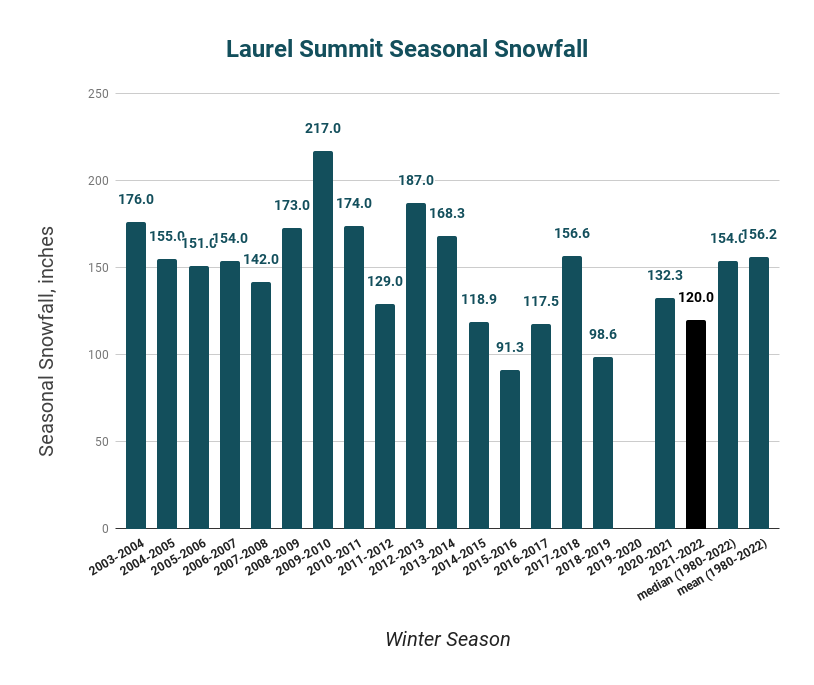
I’m not sure why 19-20 isn’t included in there (probably Covid related) but we know how bad that winter was for snow.
-
 1
1
-
 2
2
-
-

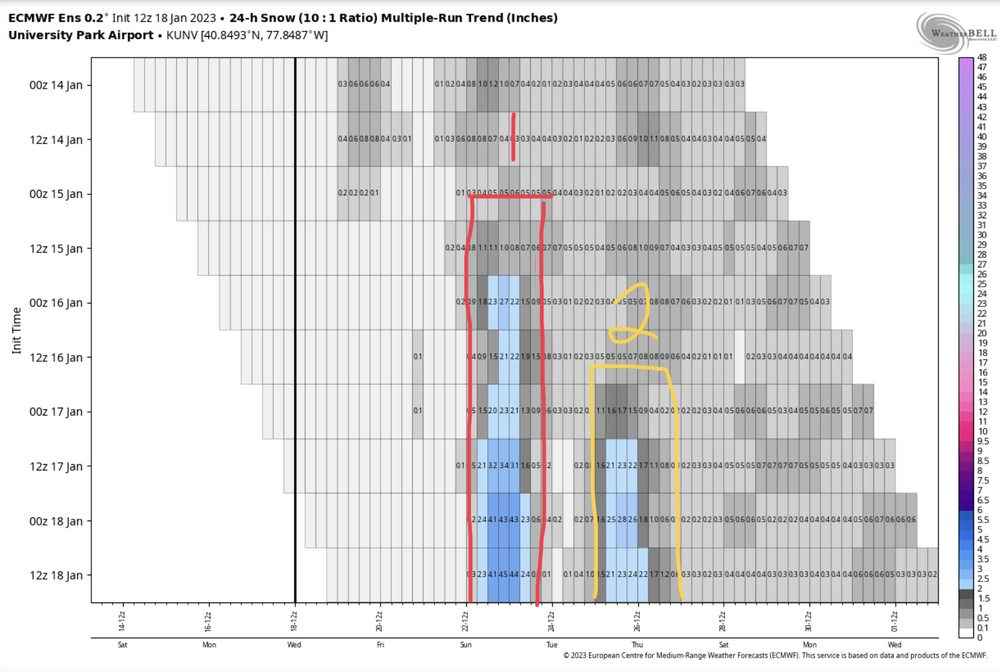
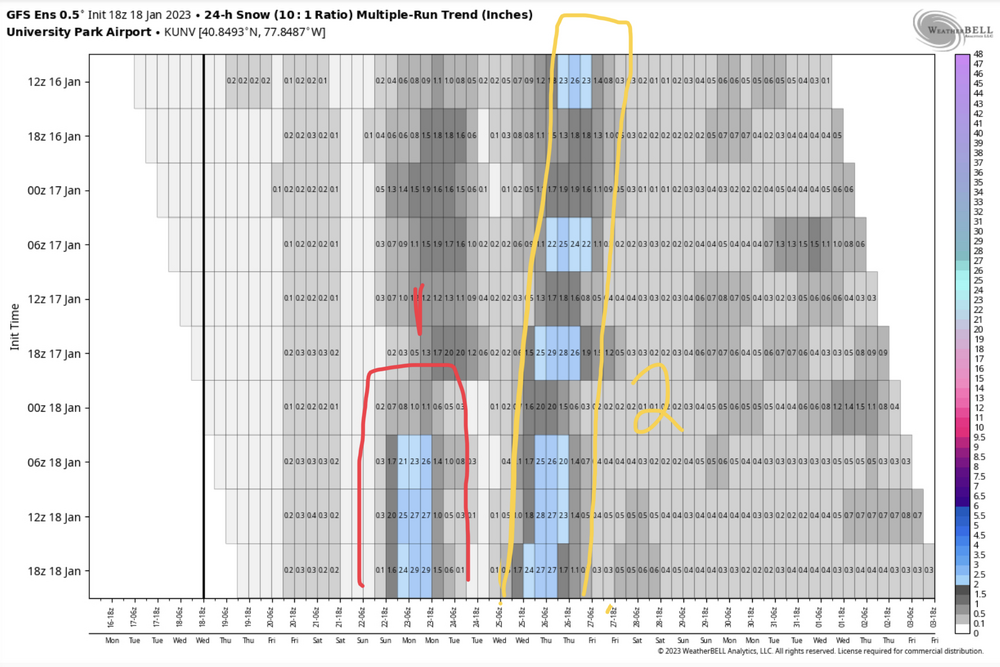
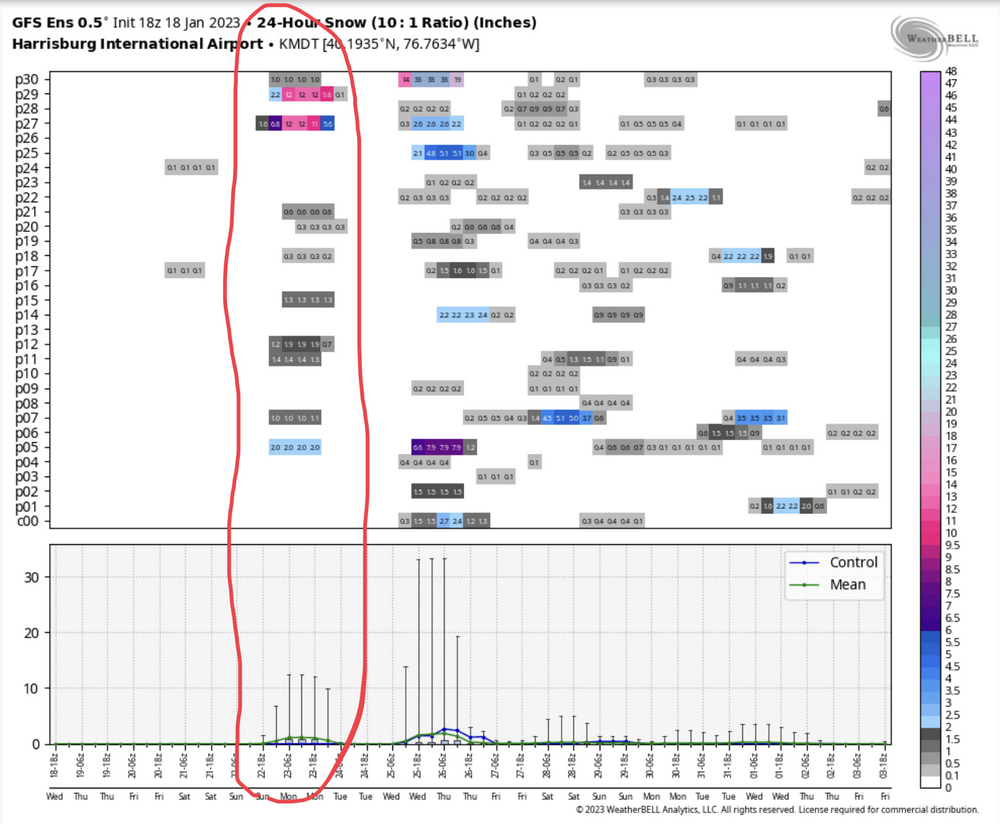
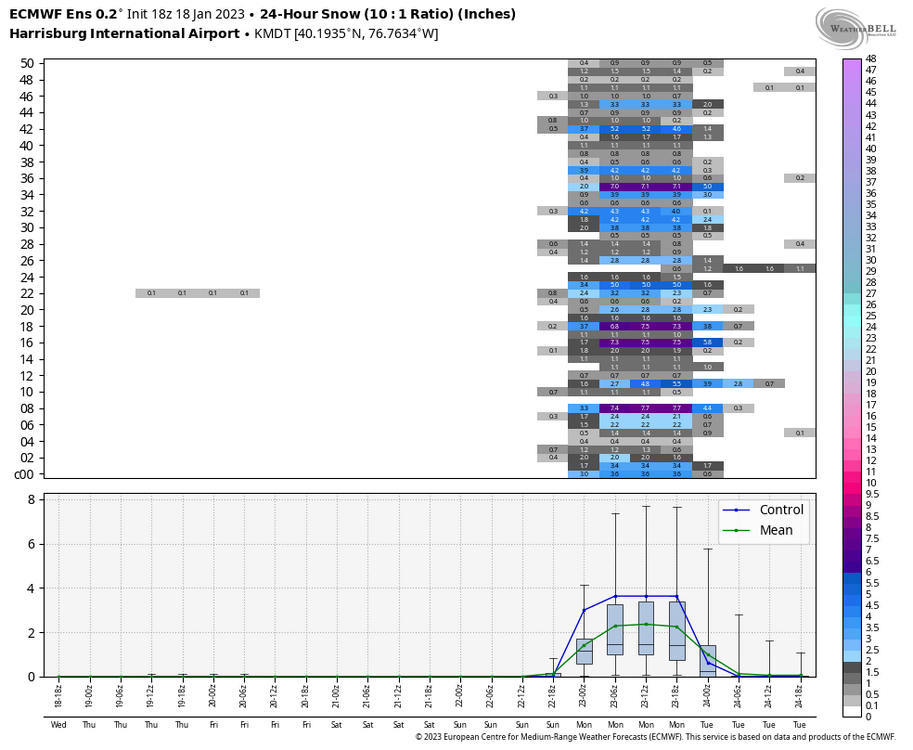
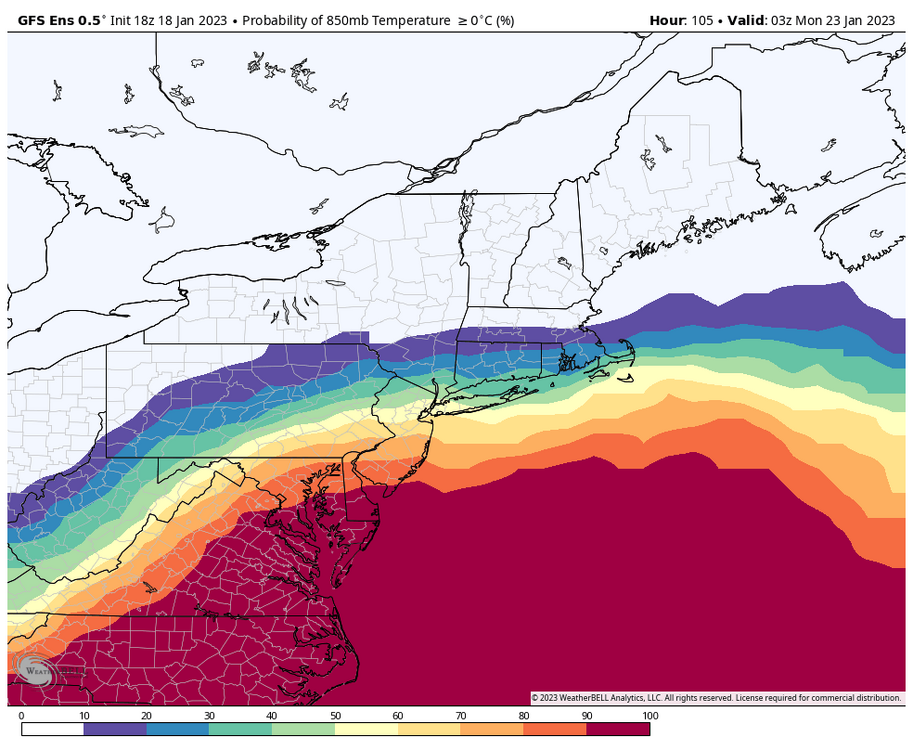
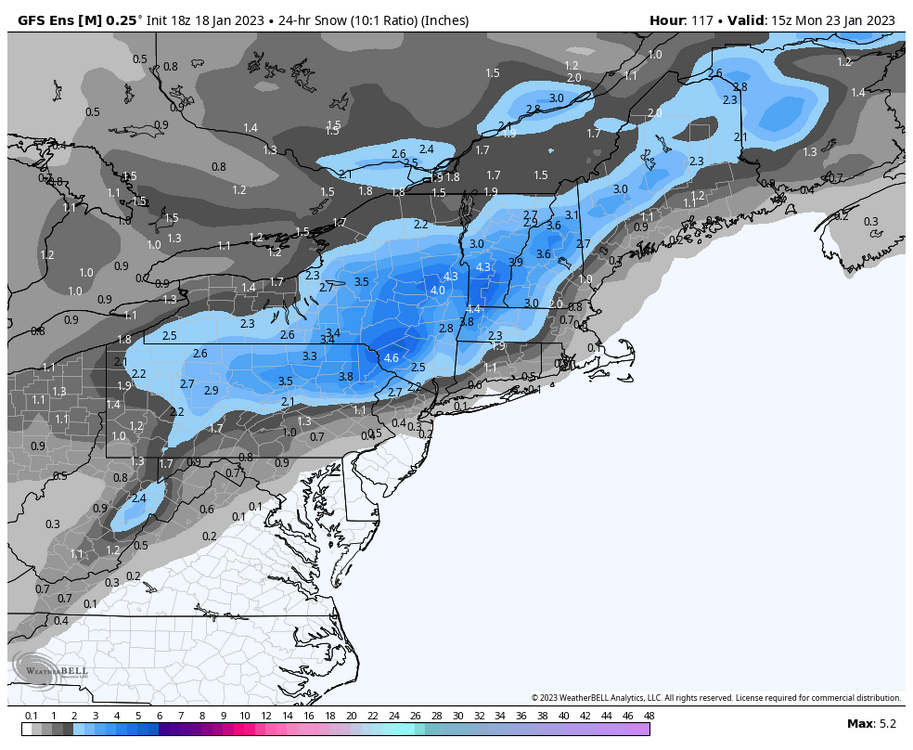
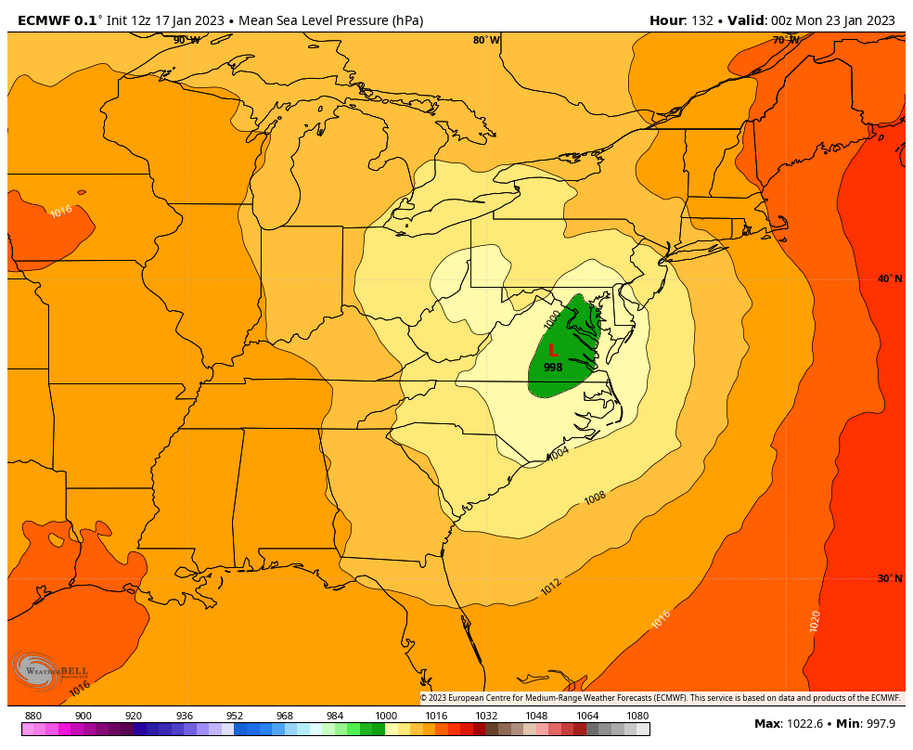
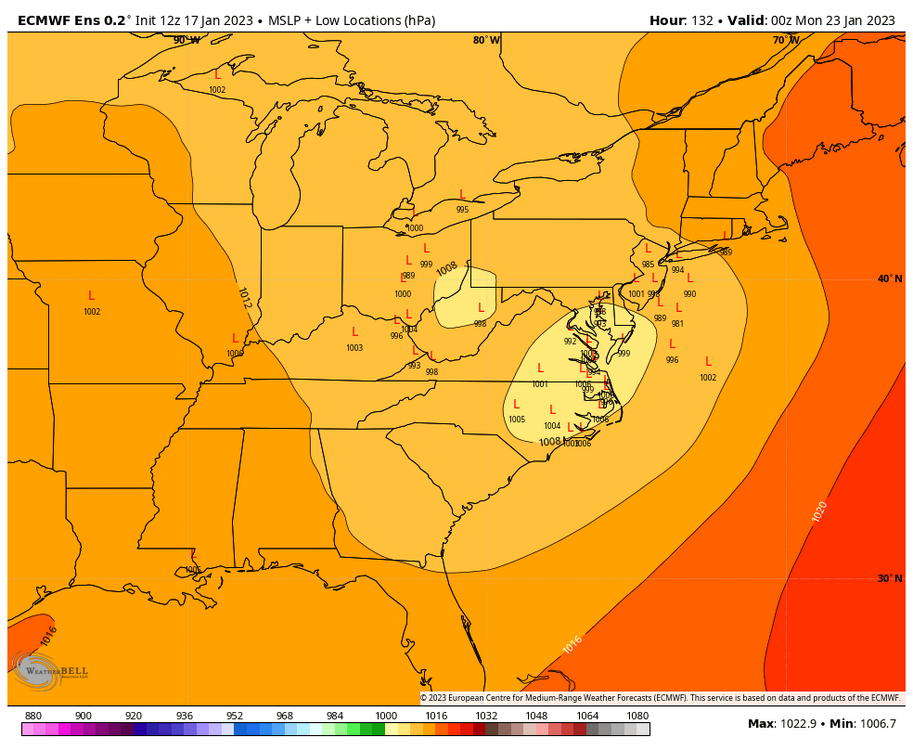

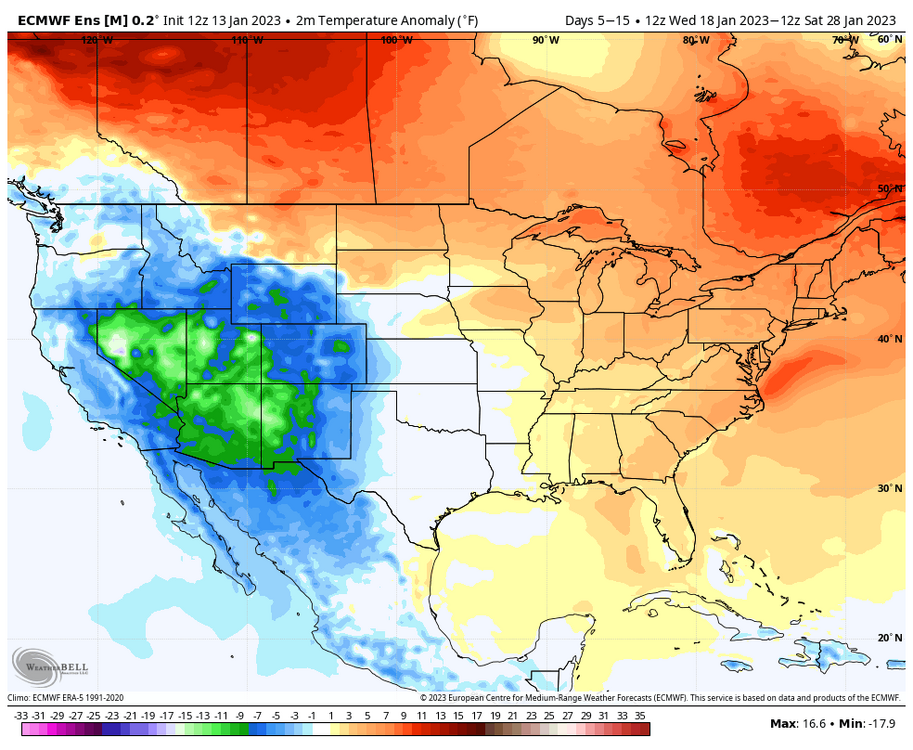

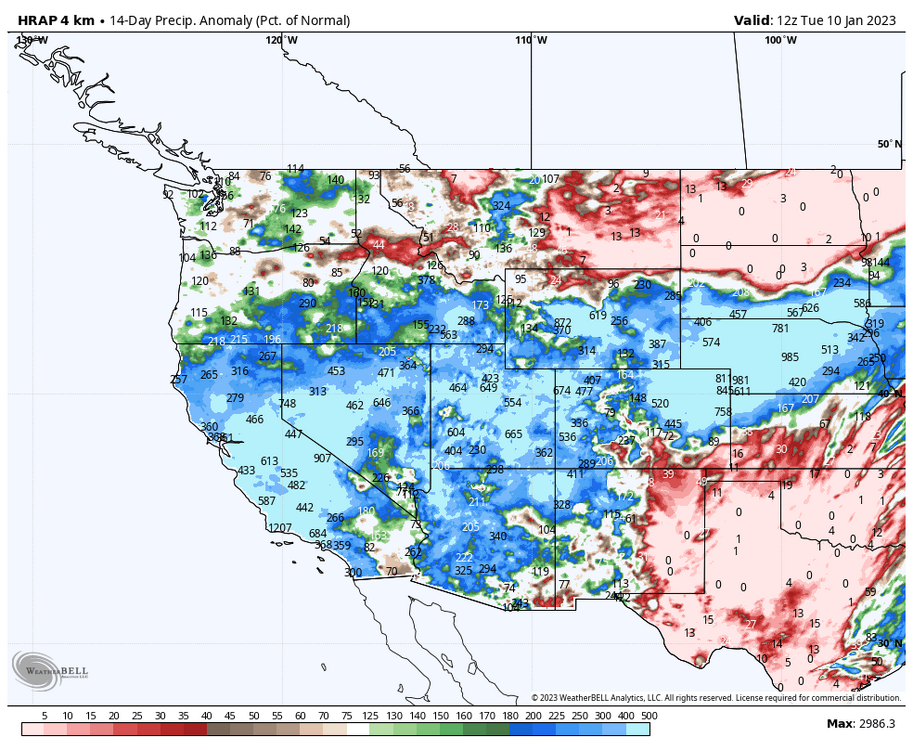
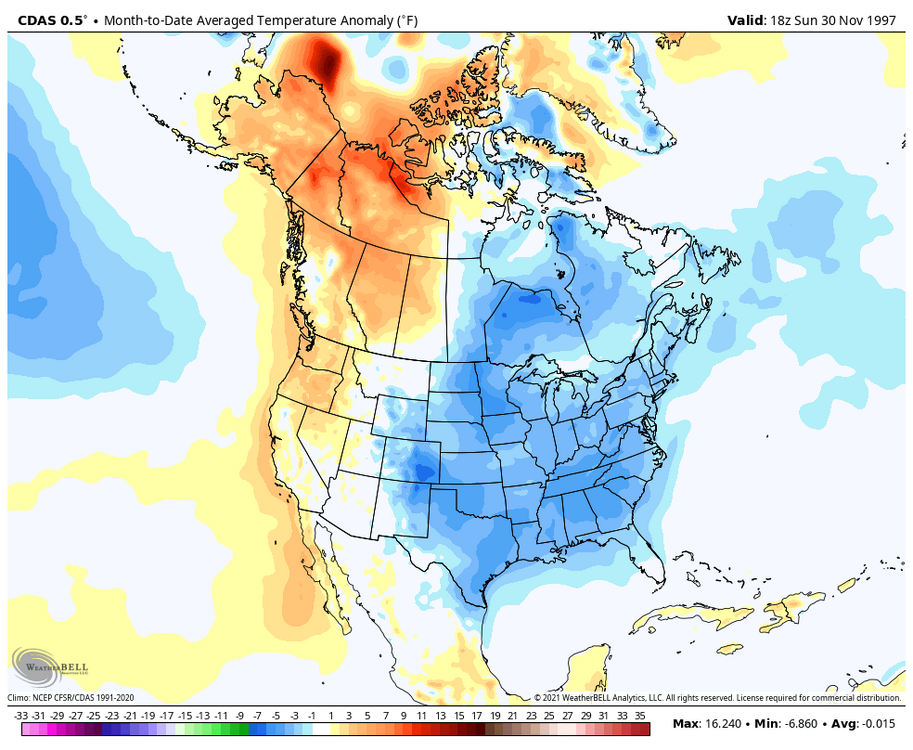
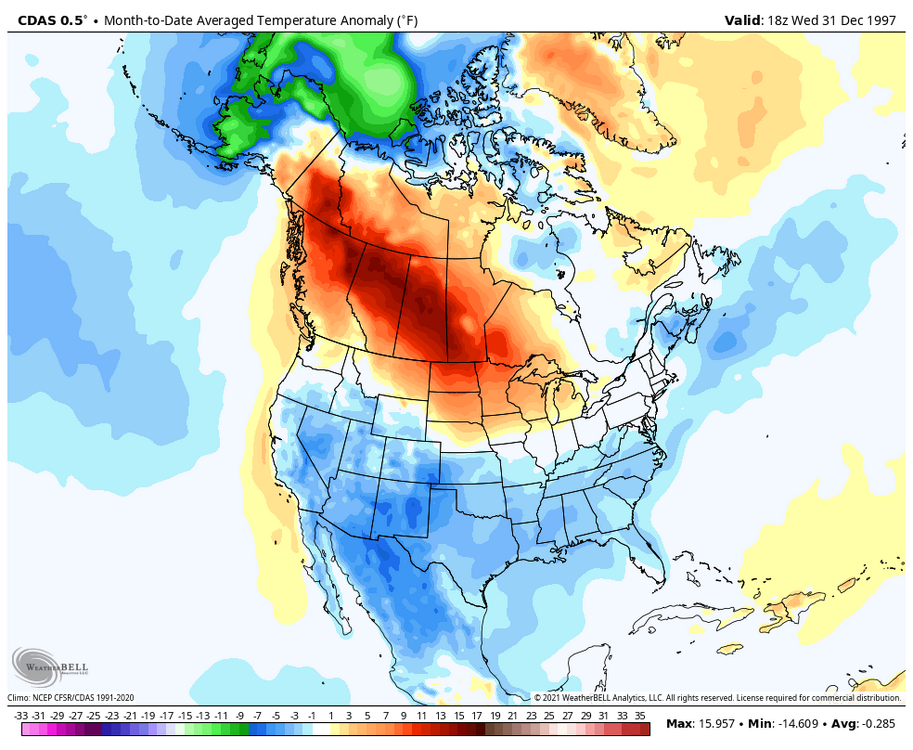
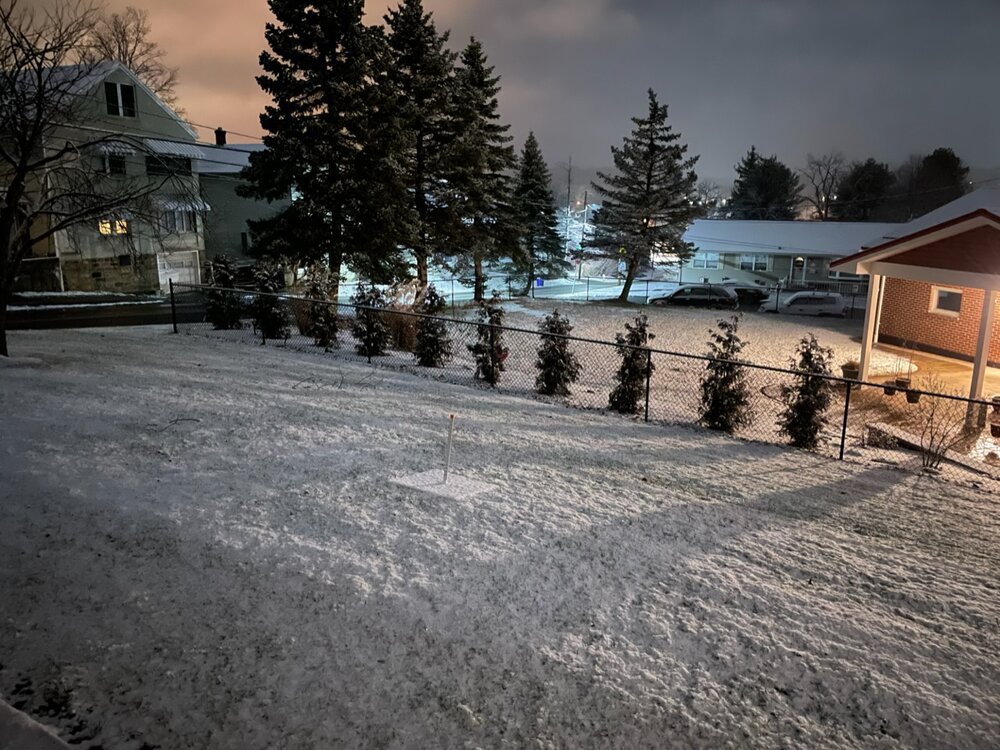








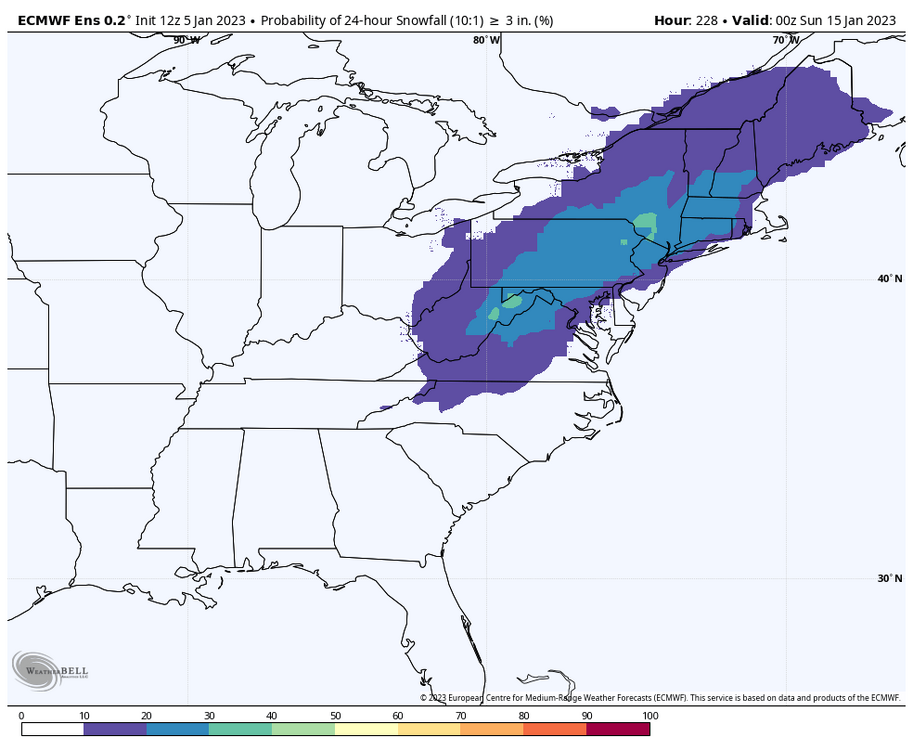
Central PA Winter 2022/2023
in Upstate New York/Pennsylvania
Posted
Indeed, the classic benchmark for C-PA snowstorms is the ridge axis thru Boise, ID, which this doesn’t have.
Although the Sunday system doesn’t either, I think the shortwave that dives into the SW behind it (which becomes the Wed storm) acts to eject that out instead of amplify.. which could explain the trend for Sunday to be a bit of a weaker system and one that gets to the coast easier.
Even if Wed does cut, I think there will be a somewhat better antecedent cold air mass in place for that with enough high to the north to support frozen up front at least. GFS had the weakest high to the north to go with a dominant primary and thus had the least frozen/mix. Whatever secondary coastal low evolves will also dictate how long that can hold. Even the big Euro run yesterday featured a primary to a coastal secondary with this, the transfer just happened much faster and today’s run has a stronger primary that’s overall a bit further west today.